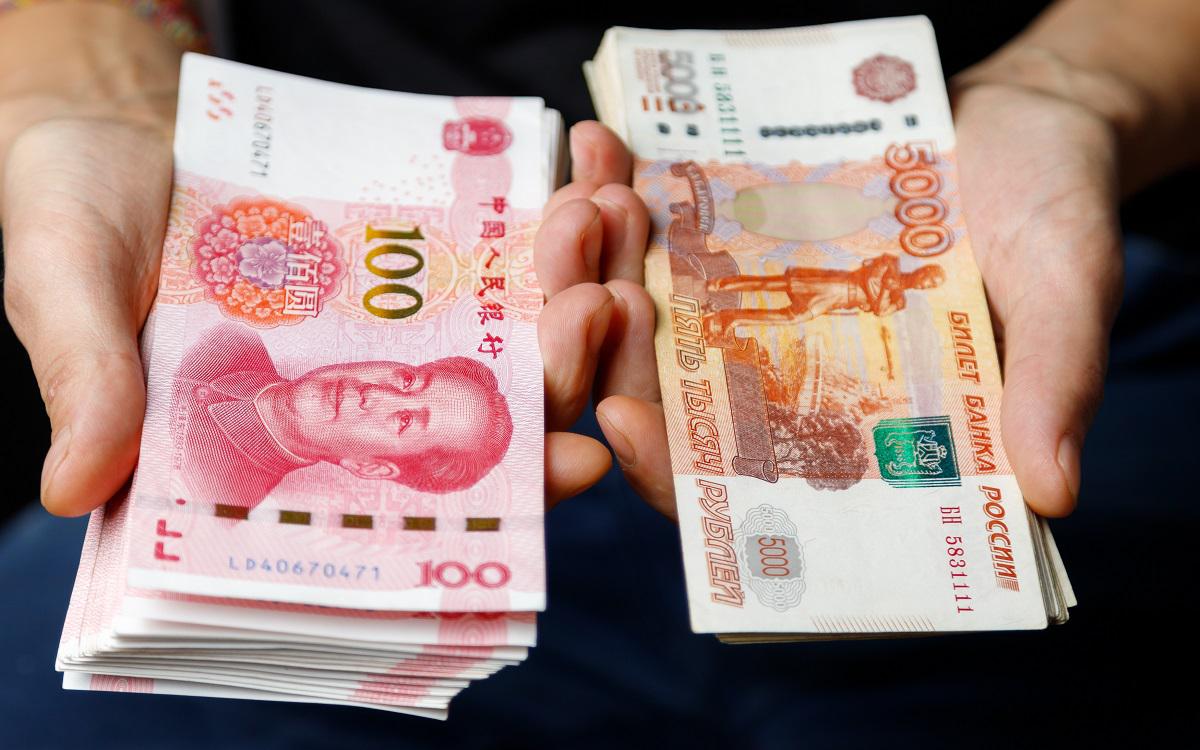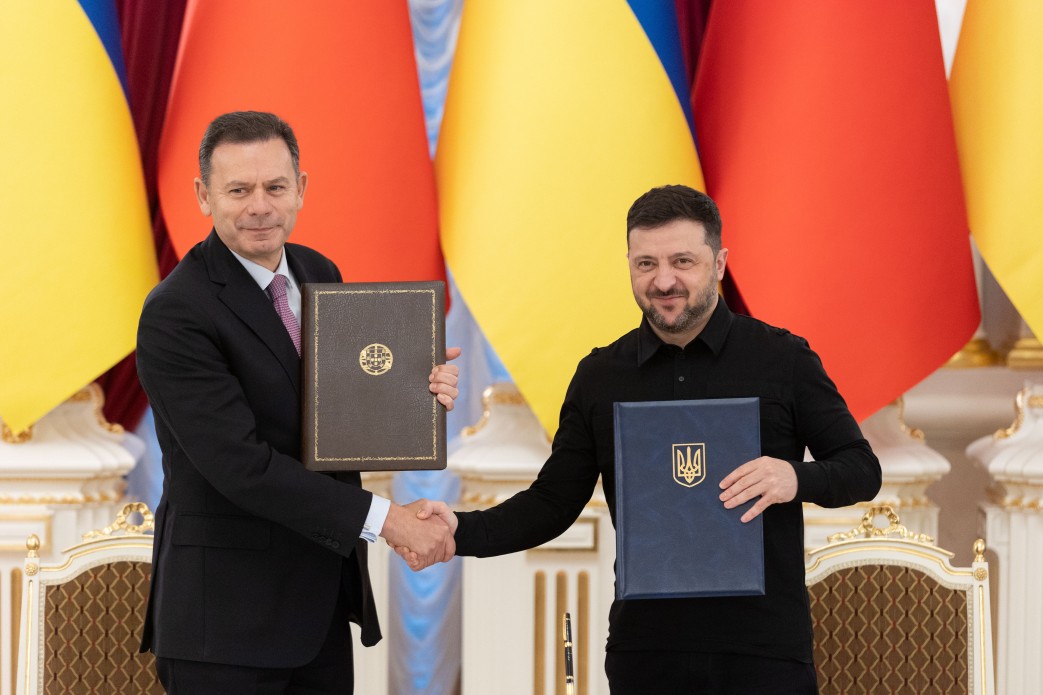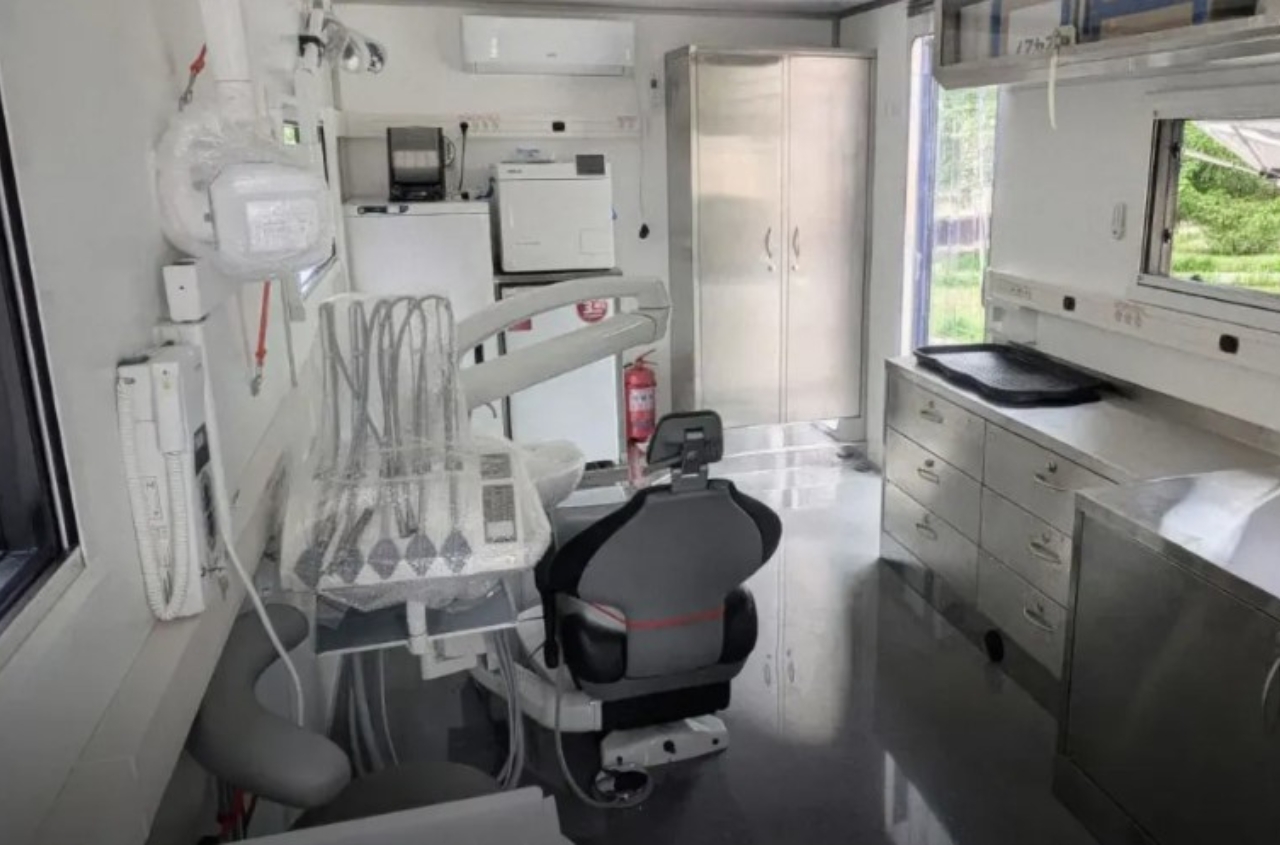Russian banks are using a netting settlement system with China called "China Track." The goal is to minimize the risk of secondary sanctions and conceal transactions from Western monitoring. The system operates without involving SWIFT or accounts in Western banks, using a network of payment agents in "friendly" jurisdictions such as Hong Kong, Kyrgyzstan, Kazakhstan, and the UAE.
This was reported by the Ukrainian Foreign Intelligence Service.
This allows large Russian corporations to process transactions with Chinese counterparties without the risk of being blocked. The netting model hides transactions and lays the foundation for a parallel financial infrastructure outside the control of the US and the EU.
The essence of the scheme is netting (the offsetting of mutual payments): import and export transactions are aggregated, and the final balance is transferred through selected banks. Payments are made in local currencies (rubles, yuan), which mimics domestic settlements and reduces the visibility of transactions. The system targets large corporations and covers 11 industrial regions of China – the main exporters to Russia: Guangdong, Zhejiang, Fujian, Shandong, Heilongjiang, Jilin, Xinjiang, Shaanxi, Sichuan, Anhui, and Hebei.
The service fee is 1% for imports and 0.5% for exports – lower than traditional channels (2–4% in 2025 and 12% in 2024). Some drawbacks of the scheme include complex transaction authorization and difficulties with VAT refunds in China.
The "China Track" system effectively functions as a parallel payment channel, removed from the direct control of Western regulators. This weakens the impact of Western financial sanctions and enables Russia to continue developing trade with China in various sectors.




















